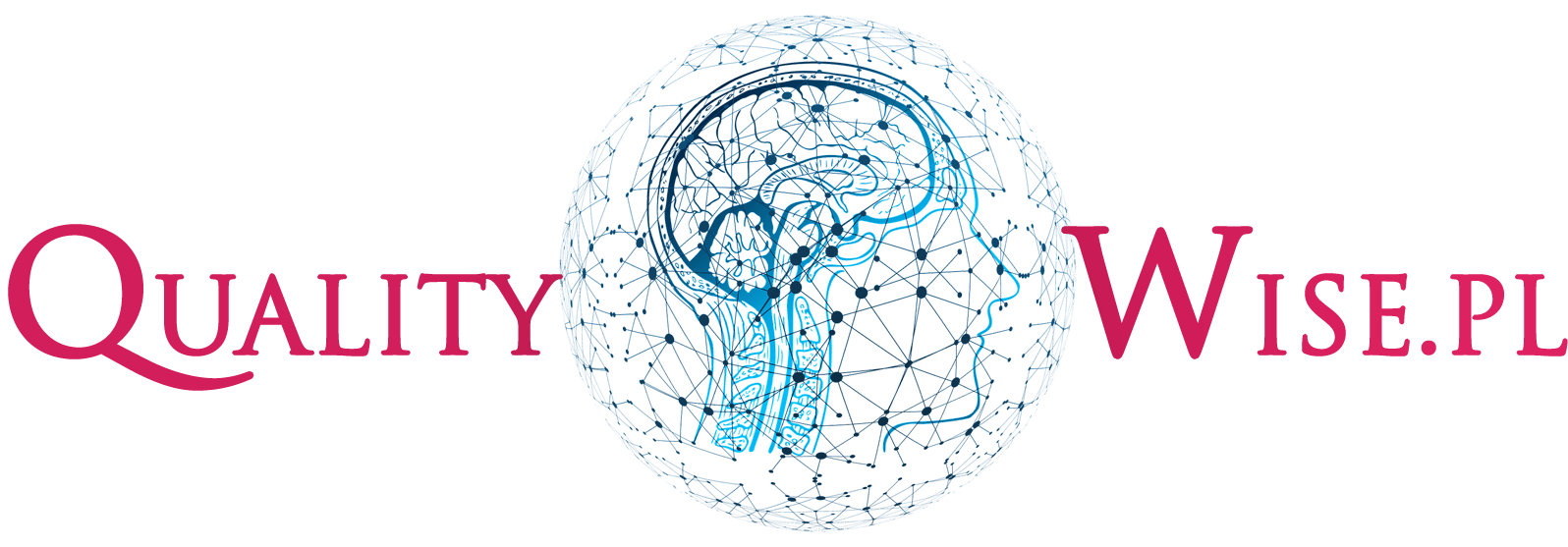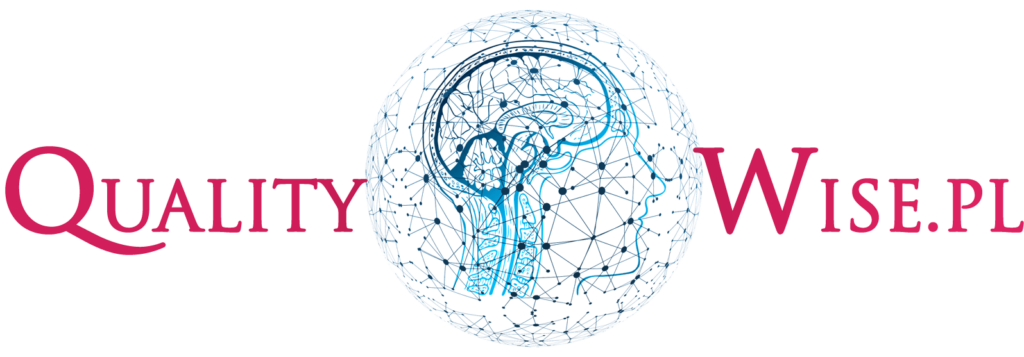The essence of processes presented in the article on the process approach largely relates to the requirements for processes. In this article, I’ll explain what a well-designed process needs to have.

Components of the process
When describing the process approach, I have already mentioned that the most popular description of the process is presented in “turtle”. It reflects all the basic elements that the process should consist of. Below you will find an overview of each of them.

Inputs and outputs
The basic requirements for processes are the definition of their inputs and outputs.
Inputs are elements that are delivered to a process to be converted into outputs or elements that influence the flow of the process. On the other hand, outputs are elements that result from a process or elements that influence other processes.
Both the inputs and outputs as well as the flow of the process itself are characterized by criteria that determine whether or not the process state is accepted. The input compliance criteria identify the requirements associated with the process inputs. The criteria for meeting the requirements for outputs identify requirements related to the elements constituting the outputs of a process. The parameters / information characterizing the process output are used as the basis for the quality assessment. They have an impact on the achievement of the required efficiency and effectiveness by the process.
The processes also include criteria that control the flow of the processes. They condition the implementation of individual tasks defined in the process, deciding on the effectiveness or efficiency of the process.
NOTE: In the context of acceptance criteria, it should be borne in mind that special processes have their own rules. A special process is a process the effects of which cannot be checked immediately after the process or subsequent operations, e.g. welding. Therefore, only acceptance criteria for inputs and process flow are specified for them.
The table presents examples of practices within the process inputs and outputs, broken down by process type.

Resources
Fundamental to determining the requirements for processes are also its resources. They should be understood as all materials, tools, any other auxiliary tools that are necessary to achieve the goal of the process. Examples of resources are eg machines, personnel, IT resources, media, etc. Resources should have specific requirements defined so that they are adapted to the needs of the processes being implemented.
Process participants
Each process must have a defined responsible person authorized to take all necessary measures to coordinate and improve the processes. Process owners or their counterparts (e.g. process manager, process leader) have horizontal responsibility for organizational cross-functional activities. Such positions should efficiently manage relationships with functional managers. The role of the process owner, with granted authorizations, responsibilities and authority, is crucial[1]. As research shows, process owners are one of the key pillars of a process-based organization[2]. Moreover, the introduction of process owners strengthens the organizational ability to change and improve[3].
Apart from the established owner, people who carry out these processes participate in the process. They play a key role in the active development of organizational skills as well as influencing the organizational culture. Therefore, they should have specific competencies that have been documented and ensured in practice.
Teams built around processes need a mix of specialized and more general skills. Defining the level of these skills in the organization’s documents, e.g. in competence matrices, serves to create training plans. It can also be helpful for team members and others to know who might be doing certain work in the process. However, as research shows, not all competencies are needed at a given stage of the organization’s life cycle. When defining them, the maturity of the organization should be taken into account[4].
Documentation (knowledge)
Managing an organization based on its processes is based on the knowledge. It refers to which processes are carried out in the organization and how they are interrelated. For this reason, they must also be included in the documentation[5]. This documentation should refer to the methods of implementation (flow) of processes through their mapping. Mapping means defining a series of activities that must be carried out to achieve the intended outputs / goals of the process[6] and that the processes are repeatable[7].
Process monitoring
“A process can only be mastered if it can be measured.”[8]
Hence, process monitoring is one of the key success factors of the process approach[9]. Process results analysis is used to:
• its evaluation,
• taking the necessary corrective and improvement actions that will help to increase the possibilities of the process (which means a better relationship between assumptions / expectations and the actual result),
• recording and controlling deviations,
• comparing the results with external and internal references and learning.
Establishing metrics is essential for process monitoring. You can find them in the literature as “Key performance indicators” (KPIs)[10]. They are measures that reflect the effectiveness and efficiency of the process. At this point, let me make a stop. I promise that one of the next articles will be dedicated to measuring processes.
Do I need to identify all process elements?
Well… yes!
The need to identify all of these elements is not only part of process management, but also of certified management systems.
Therefore, let us refer to the most popular standard, i.e. ISO 9001: 2015.
In section 4.4.1. it says:
“The organization should define the processes needed for the quality management system and their application within the organization and should:
a) Determine the required inputs and expected outputs from these processes,
b) Determine the sequences of these processes and their interaction,
c) Define and apply criteria and methods (including monitoring, measurement and related performance indicators) needed to ensure the effective operation and supervision of these processes,
d) Determine the resources needed for these processes and ensure their availability,
e) Assign responsibility and authority in these processes,
f) Take into account the risks and opportunities (…),
g) Evaluate these processes and implement any changes necessary to ensure that these processes achieve their intended results,
h) Improving the processes and quality management system.
4.4.2 To the extent necessary, the organization should:
a) Maintain documented information to support the operation of its processes. “
Additionally, in the ISO 9001: 2015 standard, we can find more detailed requirements for process inputs and outputs in chapter 8.3. But they only concern the process of designing and developing products and services.
What does IATF 16949: 2016 standard say about the process elements?
The IATF 16949: 2016 standard complements the ISO 9001: 2015 standard by providing additional requirements for suppliers in the automotive supply chain.
Therefore, in addition to the above-mentioned ISO 9001: 2015 requirements, additional requirements must be met. Consequently, referring to the listed elements of the process, we can find:
• in 5.1.1.3 Process Owner: “Top management should identify the process owners who are responsible for managing the organization’s processes and related results.”
• and in quite a number of points from chapter 8.3, the important thing is that the IATF has set requirements not only for product design and development, but also for the process! For example:
8.3.3.1 Product design input,
8.3.3.2 Process design input,
8.3.5.1 Design and development outputs – supplemental,
8.3.5.2 Manufacturing process design output.
(Of course we can find more non directly connected IATF clauses related to above mentioned elements i.e. competences. These clauses were skipped purposely.)
The process and its elements - summary
The identification of the presented components of the process is necessary to be able to talk about effective process management. Of course, it should be remembered that EVERY process defined in an organization requires defining its elements.
Additionally, if your quality management system is certified, you must identify the above-mentioned elements for each individual process.
Hope you found this article interesting.
Let me know in the comment and sign up to the newsletter!
Thank you for your presence.
Agata Lewkowska Ph.D.
If I can help you with quality management issues, please contact me. You may also join me in my private group on Facebook: ISO 9001 & IATF 16949 QualityWise Group.
For people who want to know more
Knowledge must have a solid foundation in order to avoid information noise.
Therefore, the article was based on the following literature:
[1] Kohlbacher M., The effects of process orientation: a literature review, Business Process Management Journal 2010, nr 16 (1), s. 135-152
[2] Kohlbacher M., Gruenwald S., Process ownership, process performance measurement and firm performance, International Journal of Productivity and Performance Management 2011, nr 60 (7), s. 709-720
[3] Hernaus T., Vuksic V.B., Štemberger M.I., How to go from strategy to results? Institutionalising BPM governance within organisations, Business Process Management Journal 2016, nr 22 (1), s.173 -195
[4] vom Brocke J., Schmiedel T., Recker J., Trkman P., Mertens W., Viaene S., Ten principles of good business process management, Business Process Management Journal 2014, nr 20 (4), s. 530-548
[5] Lee R.G., Dale B.G., Business process management: a review and evaluation, Business Process Management Journal 1998, nr 4 (3), s. 216
[6] Armistead C., Principles of business process management, Managing Service Quality: An International Journal 1996, nr 6 (6), s. 48-52
[7] Grajewski P., Koncepcja struktury organizacji procesowej, Dom Organizatora, Toruń 2003, s. 104; Grajewski P., Organizacja procesowa. Projektowanie i konfiguracja, PWE, Warszawa 2007, s. 55
[8] Kohlbacher M., Reijers H.A., The effects of process – oriented organizational design on firm performance, Business Process Management Journal 2013, nr 19 (2), s. 245-262
[9] Nadarajah D., Kadir S.L.S.A., Measuring Business Process Management using business process orientation and process improvement initiatives, Business Process Management Journal 2016, nr 22 (6), s. 1072; Kohlbacher M., Gruenwald S., Process orientation: conceptualization and measurement Business Process Management Journal 2011, nr 17, (2), s. 267 – 283; Segatto M., Dallavalle de Padua S.I., Martinelli D.P., Business process management: a systemic approach?, Business Process Management Journal 2013, nr 19 (4), s. 705
[10] Škrinjar R., Trkman P., Increasing process orientation with business process management: Critical practices, International Journal of Information Management 2013, nr 33, s. 48-60; Kohlbacher M., Reijers H.A., The effects of process – oriented organizational design on firm performance Business Process Management Journal 2013, nr 19 (2), s. 245-262; Zairi M., Sinclair D., Business process re-engineering and process management, Business Process Re-engineering & Management Journal 1995, nr 1 (1), s. 8-30
All content on the qualitywise.pl website is a private interpretation of publicly available information. Any convergence of the described situations with people, organizations, companies is accidental. The content presented on the website qualitywise.pl does not represent the views of any companies or institutions.

